Andrew James’ new book “Blood of Kings” has captured the very spirit of the Ancient Achaemenids. Thanks to James’ deep understanding and appreciation of the ancient Achaemenid Empire, he literally takes the reader back in time to the Persians of old.
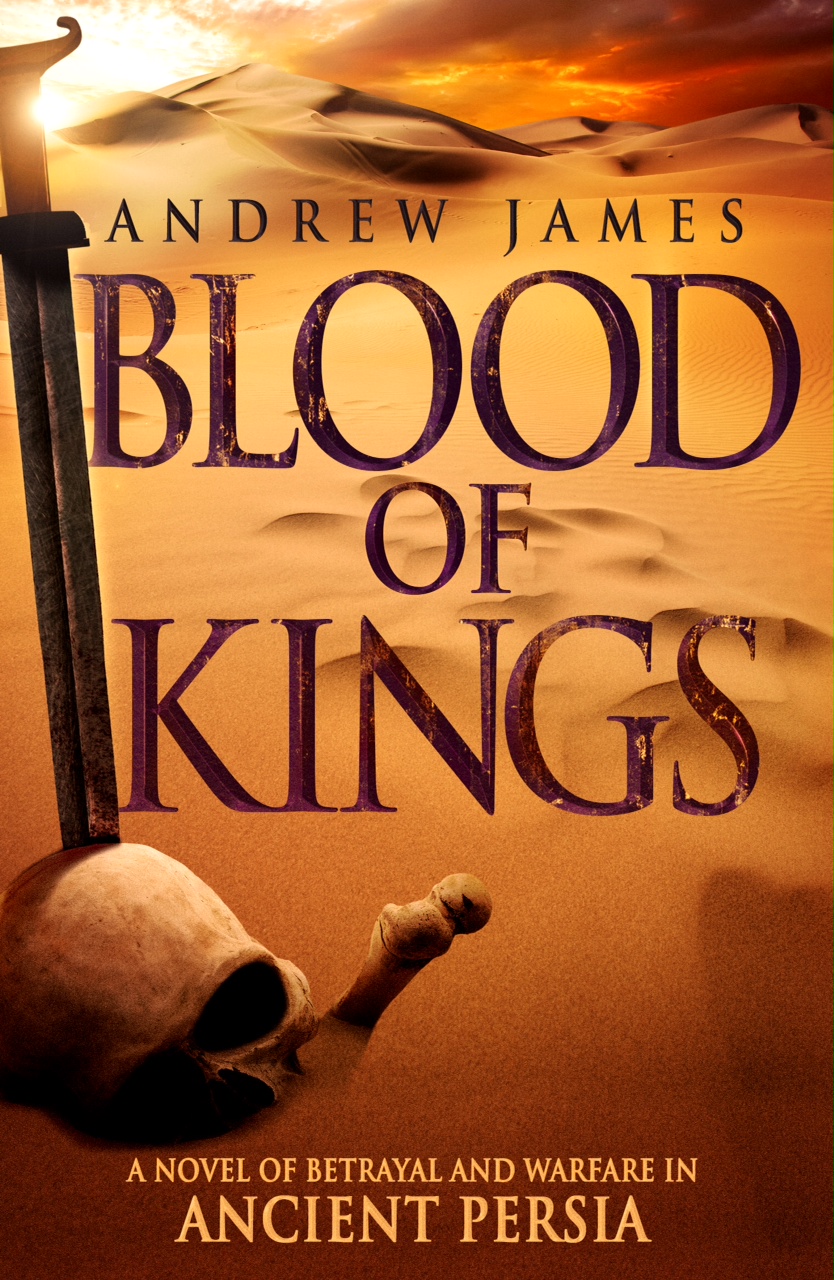 Andrew James’ book “Blood of Kings” is available from Amazon, Amazon Canada, Amazon UK, Kobo, Apple iTunes and other online stores.
Andrew James’ book “Blood of Kings” is available from Amazon, Amazon Canada, Amazon UK, Kobo, Apple iTunes and other online stores.
“Blood of Kings” is a highly recommended historical novel for students of ancient history. James has succeeded in providing a balanced view of the ancient Persians, one that goes past Eurocentric views and even Orientalism – this results in the reader seeing a more human side of ancient Persia.
Set against the backdrop of Persia’s invasion of Egypt in 525 BC, Blood of Kings tells the story of the death of Cyrus the Great, the succession and death of Cambyses, and Darius the Great’s rise to power. Inspired by the magnificence of the ancient Persian Empire, it is one of very few books in Western literature to be written from a Persian point of view, with the story being told largely through the eyes of Darius himself. Whereas many Western writers paint an unfair picture of the ancient Persians, Andrew James has depicted them truthfully, showing them to be by far the most advanced nation of their day. Part Three of History Channel Program “Engineering an Empire: The Persians” (2006). This section discusses Darius the Great’s Royal Road, the Battle of Marathon, digging of the canal between the Red Sea (ancient Arabian Gulf) and Mediterranean Sea, and the building of the bridge over Bosphorus. For the entire History Channel program see: Engineering an Empire -آغاز یک امپراطوری – هخامنشیان- Andrew was born in London and studied Philosophy, Politics and Economics at Trinity College, Oxford, before practicing for twelve years as counsel at the English Bar. Visiting Iran in 2005 and 2007 he was captivated by the beauty and sophistication of Persepolis, and by the highly advanced culture it revealed. After learning of the size of the Persian Empire, Andrew decided he wanted to know more about these ancient Achaemenid warriors, whose armies conquered on three continents, including Europe. Reading a translation of the Bisitun Inscription while standing beneath the great carving James was gripped by the drama of Darius’s account, and was inspired to retell the story in a novel. Andrew then set off to follow the probable line of march of Cambyses’s army across the desert to Siwa Oasis in Egypt, and in 2008 he gave up his career at the Bar to move to the desert, where he spent three years researching and writing his first novel, Blood of Kings. To write Blood of Kings Andrew spent several years researching ancient Persian history and military affairs, including several visits to the National Museum in Tehran and smaller museums around Iran. The book not only makes a thrilling read for lovers of historical adventure, but also sympathetically portrays ancient Persian culture and life. Blood of Kings has received such a warm welcome from Iranian readers around the world, that Andrew has already received an offer from a respected publisher in Tehran to translate it into Persian.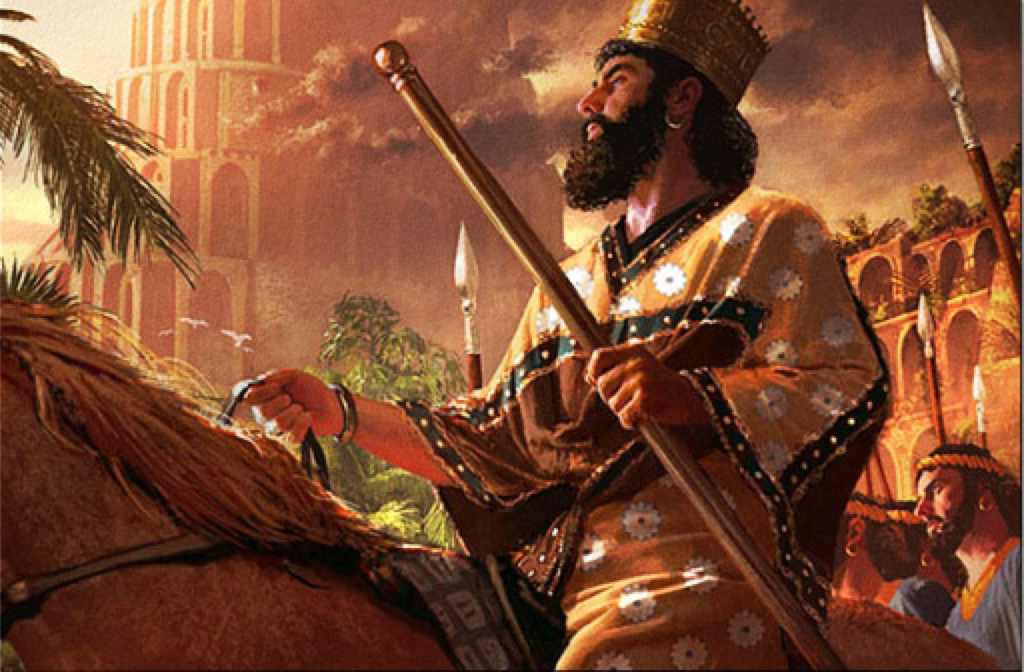
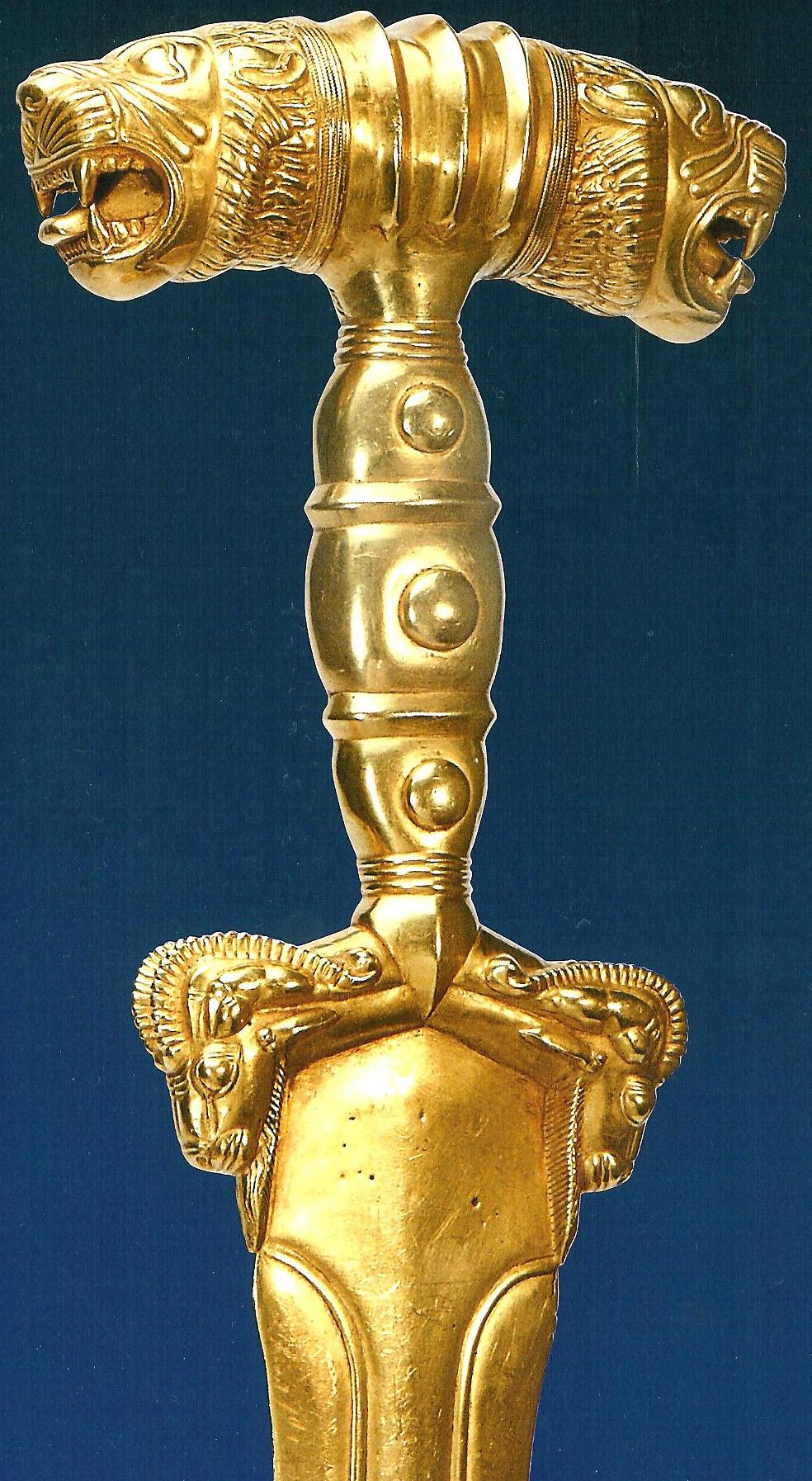 [Click to Enlarge] Achaemenid Akenakes. Note the lion and ram motifs on this finely crafted weapon, both symbols of ancient Iran (Copyright of Dr. Manouchehr M. Khorasani, 2006 – for more see here… and his Facebook page).
[Click to Enlarge] Achaemenid Akenakes. Note the lion and ram motifs on this finely crafted weapon, both symbols of ancient Iran (Copyright of Dr. Manouchehr M. Khorasani, 2006 – for more see here… and his Facebook page).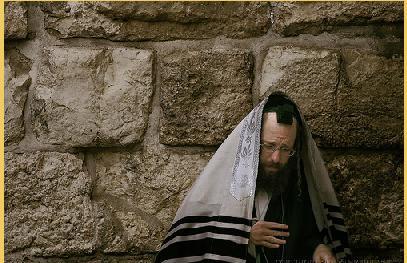 The West Wall in Jerusalem. After his conquest of Babylon, Cyrus the Great-کوروش بزرگ- allowed the Jewish captives to return to Israel and rebuild the Hebrew temple. It is believed that approximately 40,000 did permanently return to Israel. To learn more, click here…
The West Wall in Jerusalem. After his conquest of Babylon, Cyrus the Great-کوروش بزرگ- allowed the Jewish captives to return to Israel and rebuild the Hebrew temple. It is believed that approximately 40,000 did permanently return to Israel. To learn more, click here…
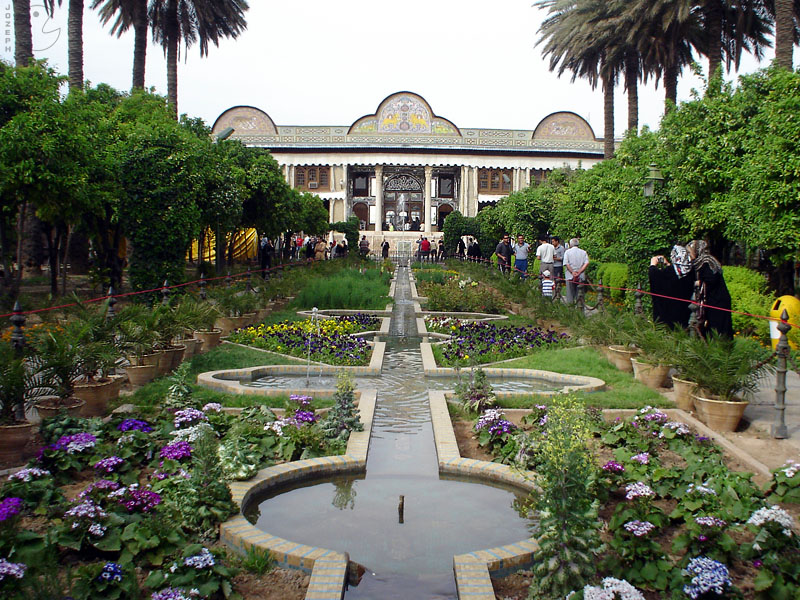 A descendant of Cyrus the Great’s Gardens at ancient Pasargadae: The Garden of Eram at Shiraz, one of those Persian Gardens in Iran declared as UNESCO heritage sites (Photo provided to Kavehfarrokh.com by Mani Moradi).
A descendant of Cyrus the Great’s Gardens at ancient Pasargadae: The Garden of Eram at Shiraz, one of those Persian Gardens in Iran declared as UNESCO heritage sites (Photo provided to Kavehfarrokh.com by Mani Moradi).



